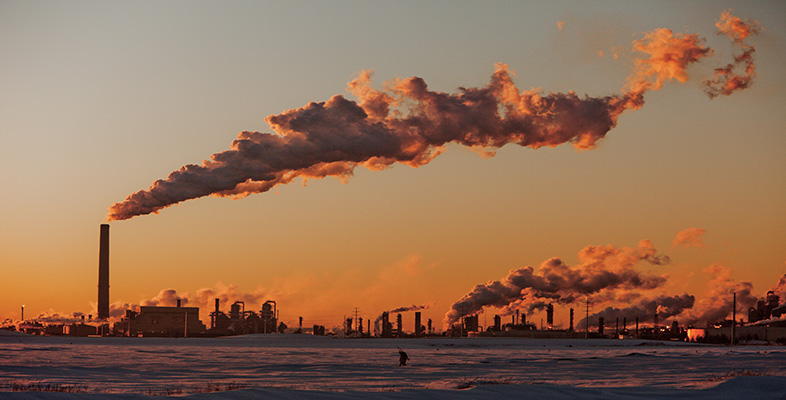6.1 Suspended solids
Various industries produce suspended material (or particulates) in their effluents, and this has several consequences.
All solids tend to reduce light penetration, so the growth of plant life in watercourses is inhibited. This will have secondary effects on food chains. Bottom-living animals and plants may be smothered as particles settle. If the particles settle on gravels, fish spawning can be seriously disrupted. Predators that hunt by day may be restricted in their activities: for example, in turbid water there may be an abundance of leeches as fish are no longer able to see and consume them as food.
One of the most important effects on animals is the damage to fish gills. Prolonged exposure to high levels of suspended solids (50 mg l−1 and above) is likely to lead to sublethal changes due to respiratory distress, and adverse growth and development (Au et al., 2004).
Some effluents pollute because substances in them enter into a chemical reaction with salts already dissolved in the water. For example, iron hydroxide may be precipitated if water containing iron is discharged into a naturally alkaline river. This phenomenon typically arises from abandoned mines, where the clear water pumped out and discharged into a clear stream can produce a bright orange coloration that prevents penetration of light and hence inhibits plant life.
Some suspended solids can also cause harmful effects when soluble toxic components present in them are dissolved into the water by biological or chemical action.
